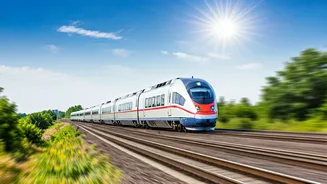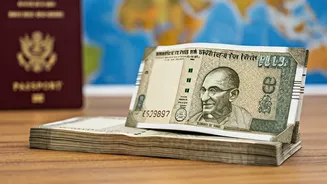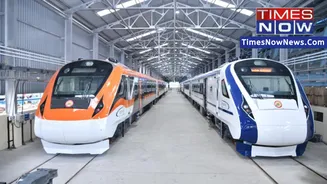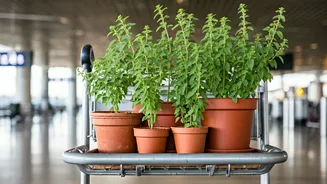The Lower Berth Priority
Indian Railways has recently revamped its reservation system, making it easier for senior citizens, women aged 45 and above, pregnant women (with medical
proof), and individuals with disabilities to secure lower berths. The system now automatically prioritizes these passengers, provided lower berths are available at the time of booking. This initiative aligns with the government's Accessible India Campaign, a comprehensive effort to improve infrastructure and services, ensuring inclusivity for the elderly and those with disabilities. The goal is to provide a more comfortable and convenient travel experience for these passengers, allowing them to travel with dignity and ease. TTEs are also authorized to reallocate vacant lower berths to eligible passengers during travel, further enhancing accessibility. These adjustments are part of ongoing efforts to make train travel more inclusive and cater to the needs of all passengers.
The TTE's Practical Tip
A TTE from the New Delhi-Dibrugarh Rajdhani Express has shared a helpful tip to consistently secure lower berths for senior citizens. The advice focuses on a specific booking strategy to overcome the limitations of the reservation system. The crux of the suggestion is to split bookings into smaller groups, specifically limiting each transaction to a maximum of two senior citizens. The TTE pointed out that when more than two seniors book together under a single PNR (Passenger Name Record), the system may not allocate lower berths to all of them. This is due to how the reservation algorithm functions. By splitting the booking, the chances of securing lower berths for all senior passengers significantly increase, as the algorithm is more likely to accommodate smaller groups. This simple yet effective trick is aimed at helping senior citizens avoid the inconvenience and physical strain of climbing upper berths.
Understanding the System's Limits
While the revised reservation rules prioritize lower berths, the system has a key limitation. When more than two senior citizens book tickets together under a single PNR, the algorithm may not be able to assign lower berths to all of them. This is because the system's allocation logic may prioritize other factors when processing larger group bookings. The TTE explained this limitation and advised a workaround. His suggestion helps to maximize the probability of securing lower berths. The IRCTC (Indian Railway Catering and Tourism Corporation) also offers a feature that allows users to 'Book only if lower berth is available.' This feature is designed for those who cannot climb upper berths. The system's rules and functionality ensure that railway passengers' needs are considered.
Accessibility Initiatives by Railways
Indian Railways is actively working towards improving accessibility for all passengers, particularly senior citizens, women, and individuals with disabilities. These efforts are part of the broader Accessible India Campaign. The campaign aims to create a more inclusive environment by improving infrastructure and services. The changes include prioritizing lower berth allocation and providing TTEs the authority to reassign vacant lower berths during travel. These steps aim to enhance the overall travel experience, making it easier and more comfortable for those who require special assistance. These changes indicate Indian Railways' dedication to making travel more inclusive and enjoyable for all passengers.
Humorous Reactions Online
The TTE's tip and the recent updates have led to mixed reactions online. While many appreciated the efforts to enhance passenger comfort, some users shared lighthearted and sarcastic comments. One Reddit user humorously remarked, “Senior citizen in S1, their family (caretakers) in S12.” Another joked, “It’s not a bug, it’s a feature!”, pointing out the quirks of the bureaucratic system. Some users expressed concerns about families being split across coaches due to separate PNRs. These comments highlight both the effectiveness and potential drawbacks of the new system. The online discussions show how people are engaging with these changes.














